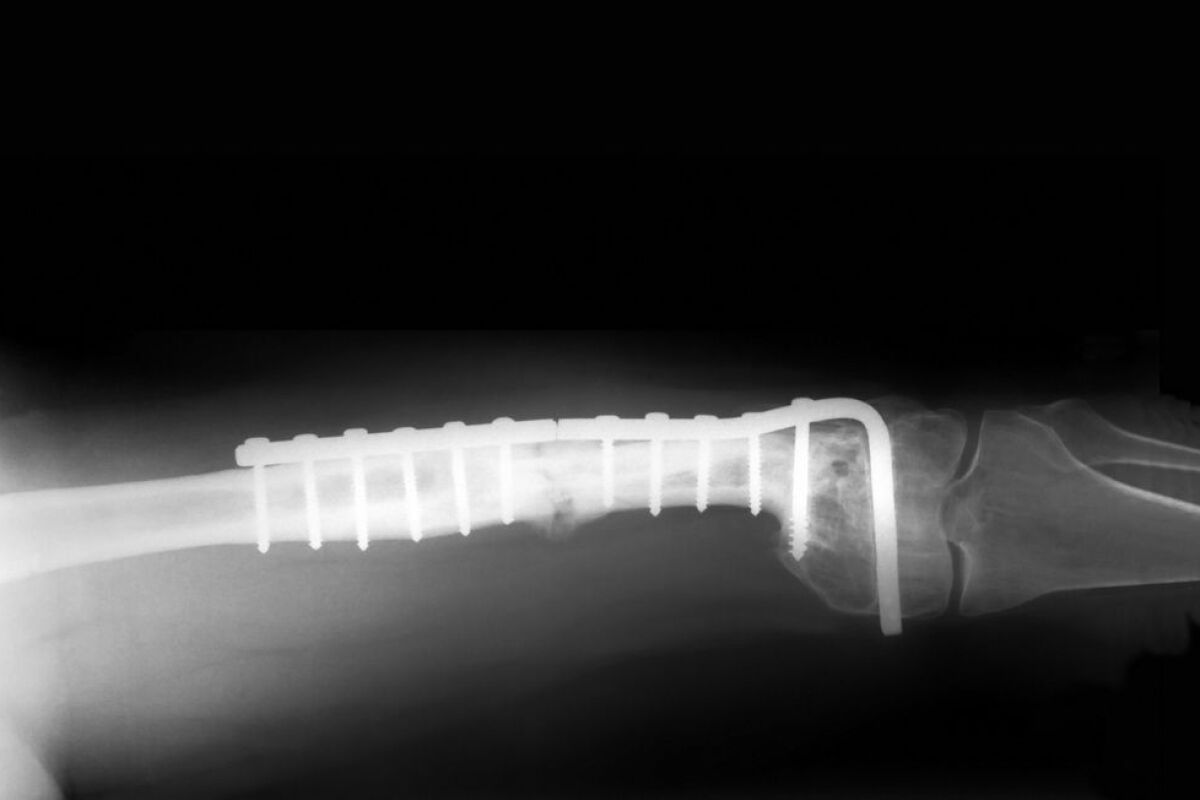In order to determine how a patient is recovering from orthopedic surgery, doctors must presently rely on technologies such as X-rays or MRIs. Before too long, however, they may instead simply be able to read the output from tiny sensors, implanted in the patient's body. A team of scientists from New York's Rensselaer Polytechnic Institute have already created prototypes of just such a device, that measure a mere four millimeters across and are 500 microns thick.

The sensors require no wires, batteries, or telemetry within the body. The idea is that an individual device would be attached to a conventional orthopedic implant, which would then be installed as it normally would be, within the body. After that point, the sensor could monitor and wirelessly transmit data regarding load, strain, motion, temperature, and pressure, from the site of the implant.
This data could allow doctors to determine when it was safe for the patient to return to work, and could also alert them to problems with the implant.
The Rensselaer team is currently producing the sensors by hand, but are looking towards mass-production, which should bring their cost down. It will be interesting to see if the technology compliments or competes with the Ortho-Tag system, in which a hand-held probe is used to read data transmitted by a radio-frequency chip, which is attached to an orthopedic implant.
Source: Orthopaedic Research Society





